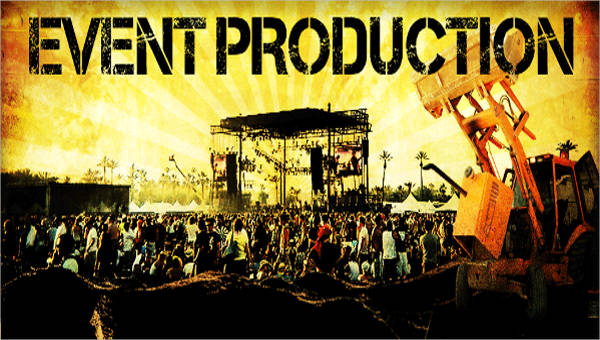Transforming Interaction Through the Effortless Integration of Virtual Experiences and Face-to-Face Interactions in Blended Events
Transforming Interaction Through the Effortless Integration of Virtual Experiences and Face-to-Face Interactions in Blended Events
Blog Article
Hybrid events are becoming more popular as they merge the best elements of both in-person and online experiences. This creative approach allows attendees to engage with content and one another in ways that were not feasible before. By incorporating virtual technology into these gatherings, planners can create immersive experiences that boost engagement and interaction. This smooth fusion of digital and physical elements can lead to more significant connections among participants, whether they are there in person or participating remotely.
One of the key benefits of using VR reality in hybrid gatherings is the ability to create a common environment for all attendees. In a conventional setting, physical attendees might have entry to specific activities or experiences that virtual attendees cannot enjoy. However, with VR, everyone can navigate the same virtual space, no matter of their location. This technology allows for engaging presentations, virtual connecting opportunities, and even gamified encounters that can captivate audiences. As a result, participants feel more involved and engaged, leading to a more fulfilling overall encounter.
Moreover, virtual technology can help overcome barriers that often occur in blended events. For example, remote participants may feel isolated or removed from the central event. By integrating virtual reality, organizers can create a feeling of involvement that makes remote participants feel as if they are part of the event. This can be achieved through features like digital avatars, which allow attendees to interact with one another in real-time. Such connections can encourage collaboration and connecting, making it simpler for individuals to engage and exchange ideas, regardless of their geographical position.
In addition to enhancing engagement, the use of virtual reality in hybrid events can also provide valuable data and insights for organizers. By tracking participant interactions and behaviors within the digital environment, event planners can gather information on what aspects of the event were most engaging. This data can be used to improve future gatherings, ensuring that they satisfy the requirements and preferences of participants. Grasping how attendees interact with both the digital and physical elements can lead to over here more efficient gathering approaches and improved overall experiences.
Finally, the combination of virtual reality and in-person interactions in blended gatherings represents a major change in how we approach gatherings and conventions. As innovation continues to advance, the potential for creating engaging and interactive encounters will only increase. By adopting this innovative model, event planners can transform the way individuals connect, learn, and collaborate. The future of blended gatherings is promising, and the smooth integration of virtual reality will play a crucial role in shaping that future.